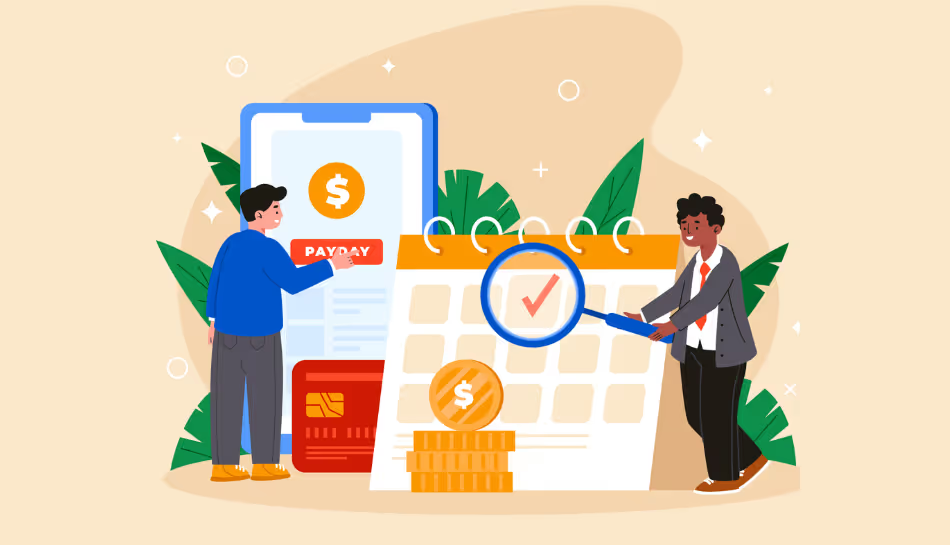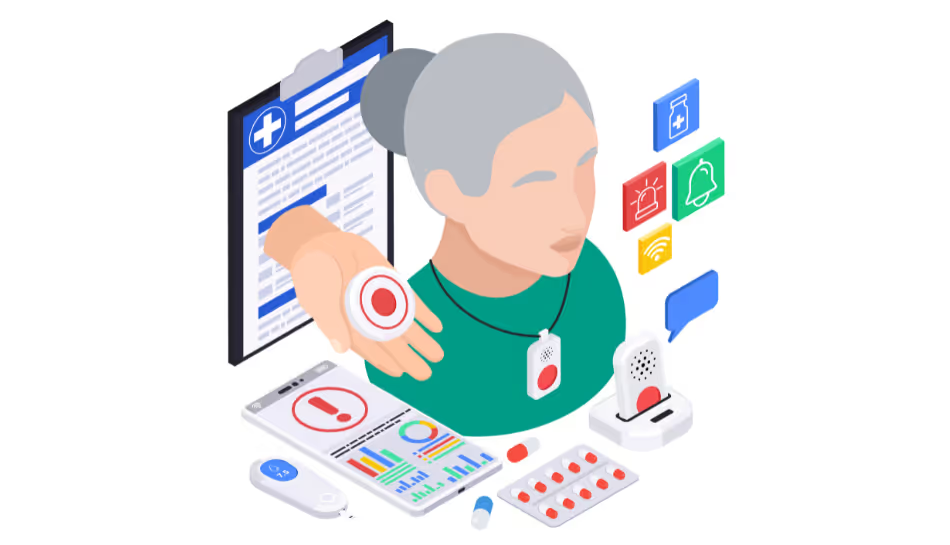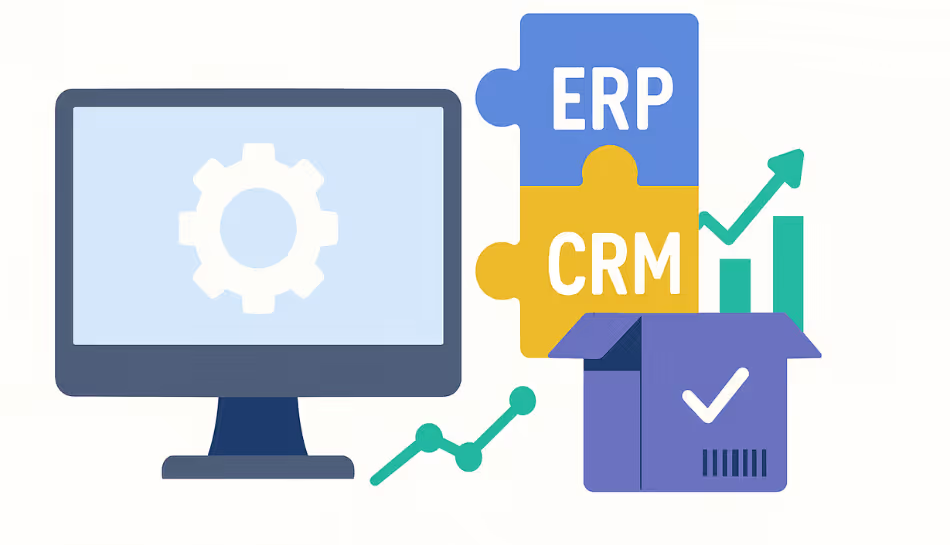The Procure to Pay (P2P) process is a vital part of any organization’s financial and supply chain operations. It connects purchasing with accounts payable and streamlines how businesses acquire and pay for goods and services. Whether you're running a small business or a large enterprise, understanding P2P can lead to better financial control, improved supplier relationships, and greater operational efficiency.
What is Procure to Pay?
Procure to Pay, often abbreviated as P2P, refers to the end-to-end process that starts with identifying a need for goods or services and ends with making payment to the supplier. It includes steps like selecting vendors, generating purchase orders, receiving goods, and processing invoices.
In a typical P2P cycle, departments raise requests for supplies, which are then approved and fulfilled. The finance team ensures that suppliers are paid on time and that records are accurately maintained.
Key Steps in the P2P Process:
- Purchase Requisition: A department identifies a need and creates a request for purchase.
- Vendor Selection: Approved vendors are evaluated, and a supplier is chosen.
- Purchase Order (PO) Creation: A PO is issued and sent to the vendor.
- Order Fulfillment: Goods or services are delivered and inspected.
- Invoice Receipt: The vendor sends an invoice that is matched with the PO and delivery note.
- Payment Processing: Once verified, payment is made to the vendor.
The Role of Procure to Pay Software
Manual P2P processes are often inefficient, error-prone, and difficult to scale. That’s where procure to pay software comes in. These digital solutions automate and manage each step in the cycle, helping businesses stay organized, reduce costs, and speed up payment timelines.
Benefits of Procure to Pay Software:
- Automation of procurement and accounts payable workflows
- Improved compliance with internal policies and external regulations
- Real-time tracking of purchase orders and invoice statuses
- Reduced errors due to automated invoice matching and approvals
- Cost savings through better supplier negotiations and fewer late fees
Popular procure to pay applications also provide dashboards and analytics that offer visibility into procurement spend, supplier performance, and process bottlenecks.
Cloud-Based and SaaS P2P Solutions
Modern businesses are increasingly turning to procure to pay SaaS (Software as a Service) platforms. These cloud-based tools are accessible from anywhere and require no on-premise setup. They are especially helpful for companies with remote teams, multi-location operations, or rapidly growing procurement needs.
Some of the best procure to pay software solutions in the market offer modular and scalable features such as:
- Supplier onboarding and management
- Contract lifecycle management
- Automated approval workflows
- Electronic invoicing and digital payments
- Integration with ERP or accounting systems
These features reduce manual work and speed up the procure-to-pay lifecycle, enhancing productivity and compliance.
Why P2P is Essential for Business Success
A well-structured P2P process gives businesses:
- Greater financial control: You know exactly what you're spending, when, and why.
- Improved cash flow management: Timely invoice processing helps avoid late fees and maintain supplier goodwill.
- Better decision-making: Data insights from procure to pay solutions help evaluate supplier performance and plan future budgets more effectively.
- Reduced fraud risks: Digital P2P systems have built-in controls to prevent unauthorized purchases or duplicate payments.
Choosing the Right Procure to Pay Solution
When evaluating the best procure to pay software for your organization, consider:
- Integration with your existing ERP or finance systems
- Ease of use for non-technical users
- Vendor support and training
- Customization options
- Scalability as your company grows
Final Thoughts
Procure to Pay is more than just a process, it’s a critical function that affects every department in a business. From improving spend visibility to reducing operational risks, implementing a digital procure to pay solution can transform the way your organization purchases and pays for goods and services.
In 2026 and beyond, expect to see continued innovation in procure to pay applications, especially with AI and analytics playing a growing role. For companies aiming for financial agility and operational excellence, a modern P2P system isn’t just an option, it’s a necessity.



